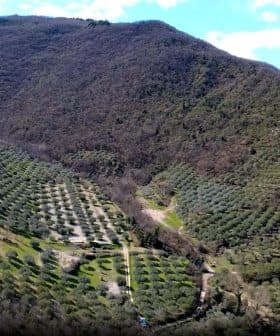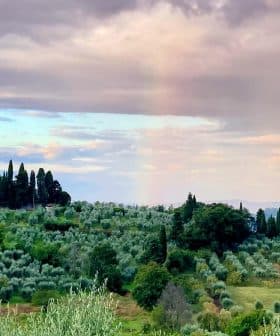Are Mission Olives Actually Picholine Marocaine?
Mission olives, introduced in the late 1700s to California missions, became the primary cultivar for table olives and olive oil and are listed as the only olive cultivar from the United States in the World Catalogue of Olive Varieties. Modern DNA techniques have shown that Mission olives may actually be the same as Picholine Marocaine, a common variety in Morocco, leading to questions about their historical origins and selection for the missions.
Mission olives have spread over California since their introduction in the late 1700’s to the missions dotting El Camino Real. With time they became the primary cultivar for table olives and olive oil, so widely cultivated that Mission is listed as the only olive cultivar from the United States in the World Catalogue of Olive Varieties. The understanding was that, in spite of its Old World origin, Mission was a different cultivar that underwent genetic changes in the New World and was unlike any other. However, modern DNA fingerprinting techniques suggest otherwise.
In the last decade, olive germplasm banks based in the Mediterranean basin (the ancestral birthplace of the olive) have used DNA techniques to characterize, identify and preserve wild and commercial olive varieties. Such work has been used to settle conflicting cases of synonyms (different names applied to a single cultivar at different locations) or homonyms (the same variety name used for two different cultivars). At Agbiolab we use the same fingerprinting methods to match olive plants that could have been mislabeled or misidentified.
Thus it was surprising that olive samples collected from several Mission olive orchards and from ancient trees shared a DNA fingerprint matching the one from Picholine Marocaine. As its name implies, Picholine Marocaine (not to be confused with Picholine from France, or Redding Picholine from the USA) is the most common variety in Morocco. It shares agronomic and morphological traits with Mission olives, and both are dual purpose olive cultivars that yield good quality oil.
Could this tantalizing genetic finding be corroborated by historical records? Are Mission olives actually Picholine Marocaine? Why were they chosen for the New World missions? We welcome any contribution that can shed some light into this conundrum.







